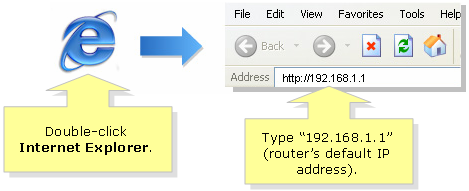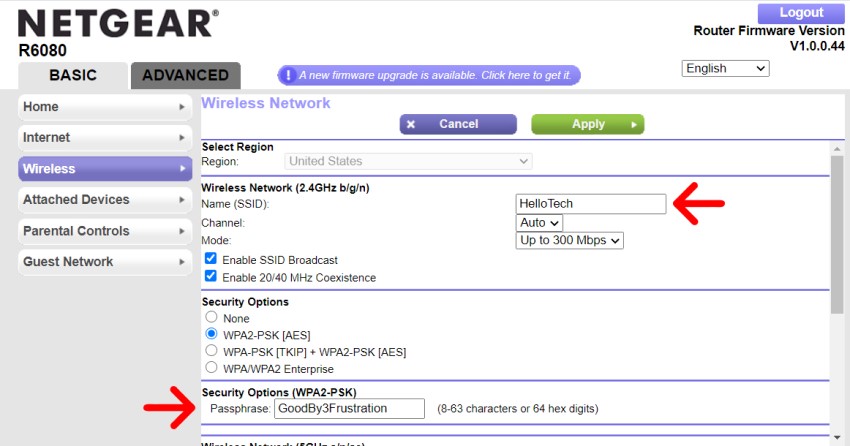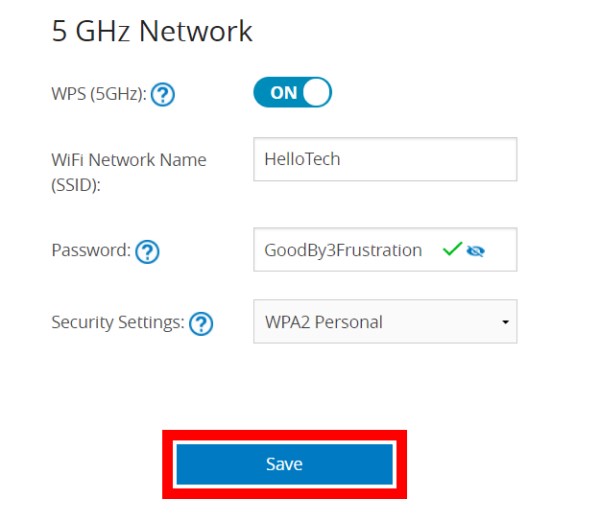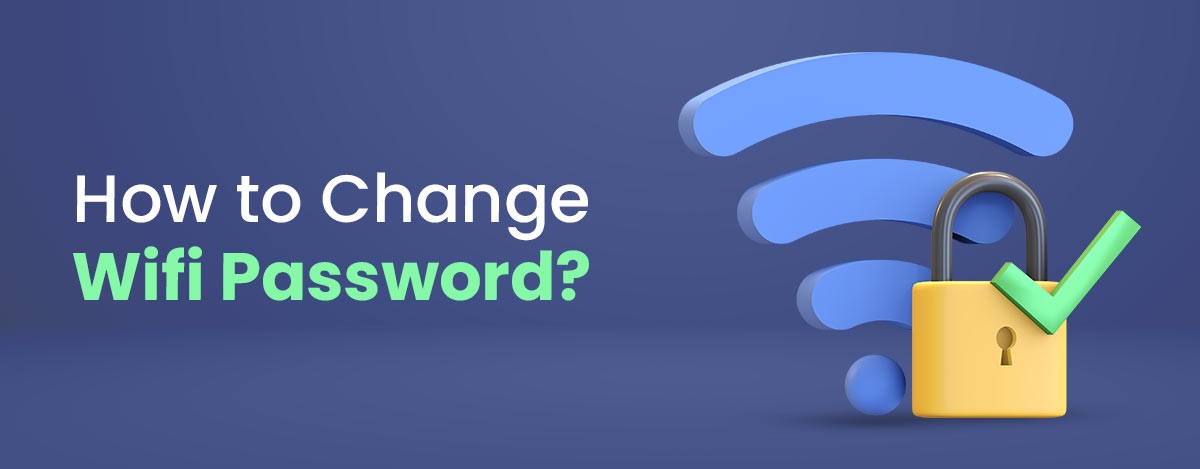Most users must frequently change their Wifi password since they utilize the internet for business, school, or leisure on a daily basis. This is done to stop outsiders from finding out the password and utilizing the network to reduce the network’s internet connection speed. However, not everyone knows how to change wifi password. In this article, tip.manhuatoon will help you do this quickly and simply, even a novice can do it.
How to change wifi password
1. Open your browser to the router’s configuration page
On a computer connected to your network, open a web browser to access the setup page for your router. You can use an Ethernet cable to connect your computer directly to the router if you can’t connect to the Wi-Fi end because you don’t know the password. It will do away with the requirement for a Wi-Fi password.

You must input the router’s default IP address in order to accomplish this. 192.168.1.1, 192.168.0.1, 192.168.2.1, or 10.0.1.1 for Apple are typical router IPs. Type this address into the address bar of your browser. If this doesn’t work, you can force your router to default settings by pressing and holding the “Reset” button for around 30 seconds.
Then, you may use your browser to enter the default address that corresponds to your router model after looking it out online. The router will typically have them labeled as the IP address or “access URL” on the bottom, back, or side.
2. Enter your router’s username and password details
Before you can access the interface on a router, you must enter a username and password. Frequently, “admin” is used as the default username and “admin” or “password” as the default password. Naturally, this differs amongst models, therefore you should verify your model’s internet profile to determine your actual credentials. The default username and password for the majority of D-Link routers are admin and leave blank, respectively. The credentials may also occasionally be located on the router’s back or bottom.
You must press and hold the router’s Reset button for roughly 30 seconds if you previously changed your login credentials but forgot what you changed them to or if you got a new router. You’ll be able to log in using the default username and password after doing this, which will reset the settings to their default values. The router’s current configuration data will be erased, so take care.
3. Open the Wireless section
You must locate the Wireless portion of the setup page once you have signed into your router. You should search for the “Wireless”, “Wireless Security”, or “WLAN” option tab or button, however the precise nomenclature varies between manufacturers.
4. Change password
The “Wi-Fi Password” or “Key” box should be visible. Your new password should be entered in this box. Long passwords that are filled with a variety of letters, numbers, and symbols are the safest. In order to confirm that you entered your password correctly, some routers will request that you do it again. In this location, you may also modify the Wi-Fi network’s public name (SSID).

An effective password should be challenging, if not impossible, to decipher. It shouldn’t contain any personal information and should be filled with lots of numbers, uncommon characters like “!”, “$,” and “#,” and strange cases. Normal length for strong passwords is at least 8 characters.
5. Set your security type
Wireless encryption is primarily available in three flavors: WEP, WPA, and WPA2. You ought to utilize WPA2 for the safest network possible. You can switch to WPA or WPA2, albeit you could experience issues connecting older devices. Given that WEP encryption is so simple to defeat, WEP is not advised.
Changing your network name now, if you haven’t previously, will save you time later. Since the name will be made public, it cannot contain any information that could be used to identify the person. It will be less likely to be broken into if the name is changed. Attackers are thought to find default-named routers to be simpler targets.
6. Save your settings
Click “Save” or “Apply” after making the necessary changes to your password. Any devices that are currently connected will be unplugged after the router has finished processing the modification. You can use the new password to login to your wireless network once your settings have been modified.

Get in touch with the maker of your router if you get lost. You can also try contacting your router’s internet service provider, such as Spectrum or Xfinity, if you purchased it from them.
Final words
Altering the WiFi network name and password when purchasing a new router should be your first priority. In spite of this, we nevertheless advise you to change your password at least once a year, even if you have already done so. Whenever you lose your WiFi password, as long as your computer is linked to the same wireless network, you may always use it to retrieve it. Above is how to change wifi password to help you know how to do it and can avoid the trouble of changing wifi. All the best!
Maybe you want to know:
